| Summary: |
UN Environment is a leading player in environmental policy. Although its work does not include animal welfare per se, it does include biodiversity/wildlife and sustainable consumption and production (which include aspects relevant to animal protection). The latter includes education for sustainable consumption.
The UN Environment mission is:
"To provide leadership and encourage partnership in caring for the environment by inspiring, informing, and enabling nations and peoples to improve their quality of life without compromising that of future generations."
UN Environment's environmental work encompasses:
- Assessing global, regional and national environmental conditions and trends
- Developing international and national environmental instruments
- Strengthening institutions for the wise management of the environment
UN Environment is an Implementing Agency of the Global Environment Facility (GEF) with the World Bank and the United Nations Development Program (UNDP) and is the only Global Environmental Facility Agency whose core business is the environment.
|
| Issue areas covered: |
Climate change, disasters and conflicts, ecosystems management, environmental governance, chemicals and waste, and resource efficiency.
UN Environment is heavily involved in the Sustainable Development Goals (SDGs), but not in farming aspects because of potential overlap with the Food and Agriculture Organization of the United Nations.
Key areas where UN Environment’s work intersects with animal protection interests include wildlife trade, biodiversity and ecosystems, climate change and the environmental impact of animal production/consumption, seas and oceans, pollution and environmental legislation.
A 2010 UN Environment report assessing the environmental impacts of consumption and production includes food. Section 6.4. of the report, which deals with consumption clusters that contribute substantially to total environmental pressures, begins with food – outlining some environmental and resource implications of fisheries and animal products. The conclusions include: “A substantial reduction of impacts would only be possible with a substantial worldwide diet change, away from animal products.”
In regards to wildlife, it has developed a “Wild for Life” campaign against wildlife crime. Countries around the world, the United Nations, many other international and national organizations, businesses, governments and key opinion leaders are working together to raise awareness, enact and enforce stronger laws, and step up support to local communities’ efforts to stop the illegal trade in wildlife.
The Great Ape Survival Partnership (GRASP) does include some animal welfare-related aspects. However, UN Environment is considering taking this into their general wildlife work.
|
| Requirements for participation: |
UN Environment is open to meeting with civil society to discuss matter of mutual interest. However, to be engaged in decision-making processes, it is necessary to be accredited.
There are currently only a few animal protection organizations with accreditation at UNEP. Yet applying for accreditation with UN Environment is a far simpler process than applying for status with ECOSOC, and can be completed on a rolling basis (with no annual deadline).
There is more about civil society engagement here.
For more detailed information on engaging at UNEA, see WAN’s Guidance Document on Engaging at the UN Environment Assembly.
|

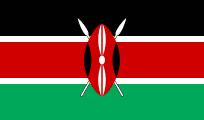

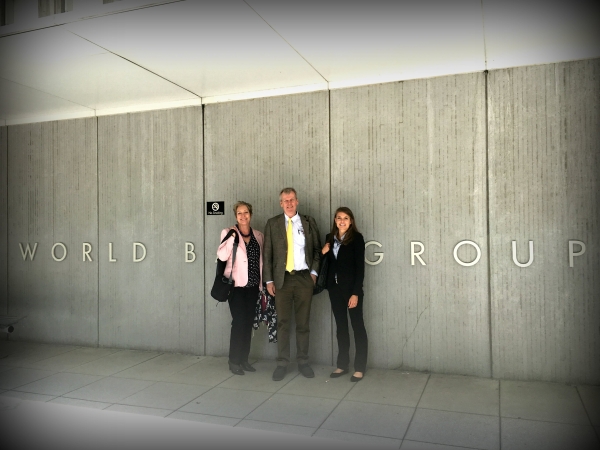 In 2013, I joined World Animal Net (WAN) alongside Akisha
In 2013, I joined World Animal Net (WAN) alongside Akisha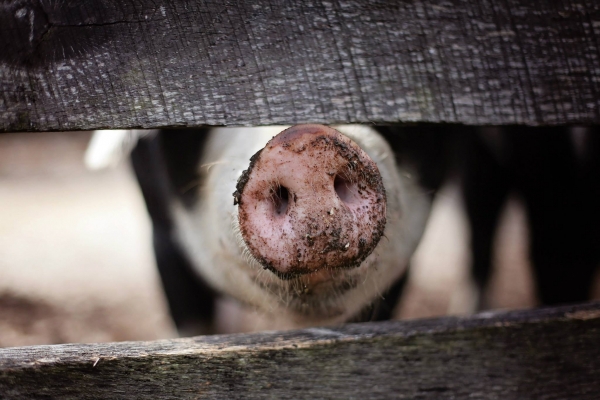 World Animal Net has brought together animal protection and environmental
World Animal Net has brought together animal protection and environmental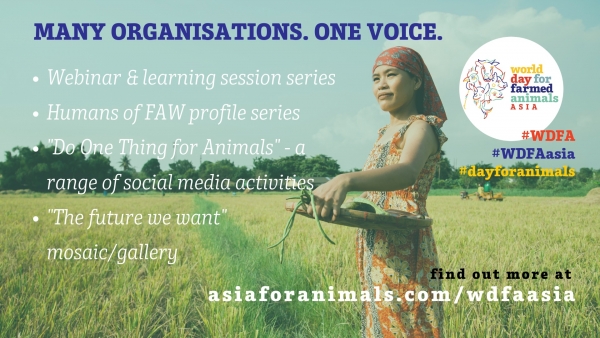 World Day for Farmed Animals Asia is on October 2nd
World Day for Farmed Animals Asia is on October 2nd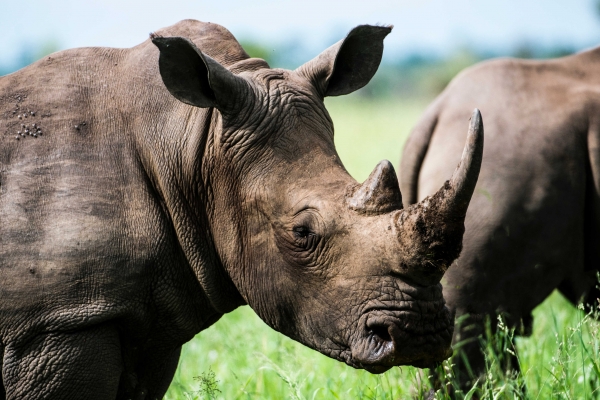 The Convention on Biological Diversity (CBD) is an international agreement
The Convention on Biological Diversity (CBD) is an international agreement